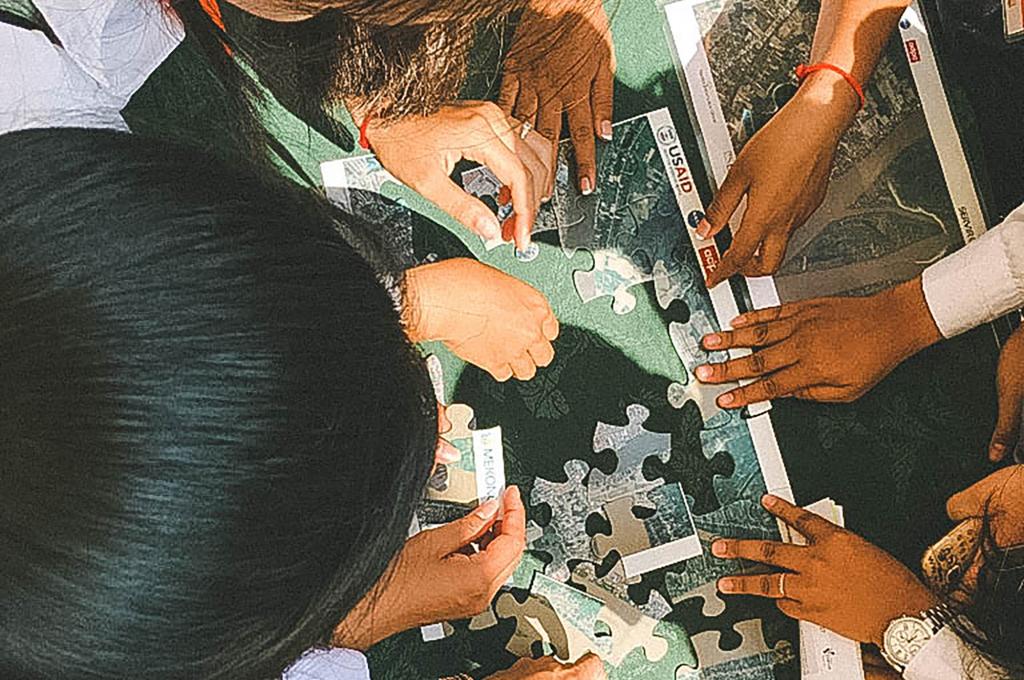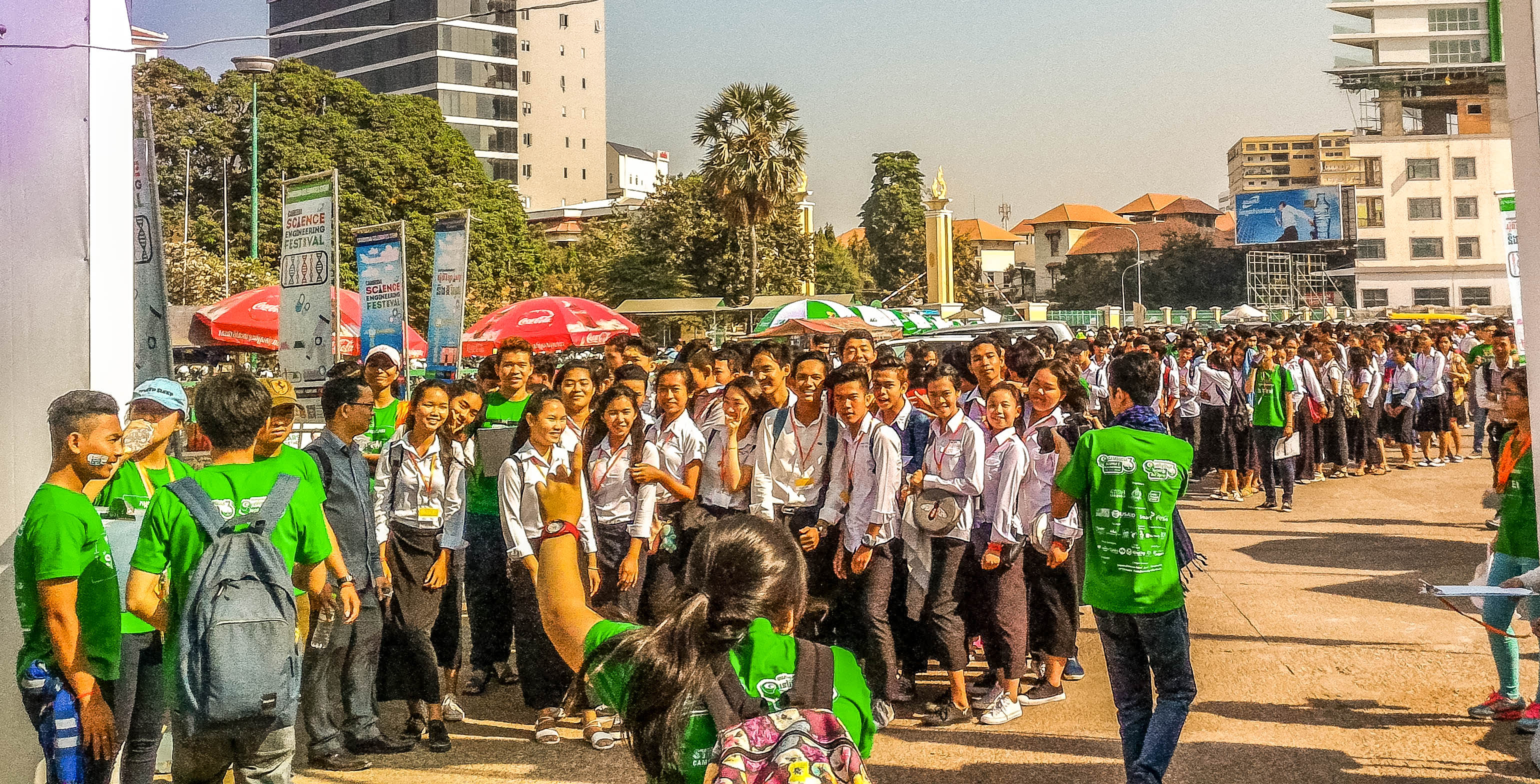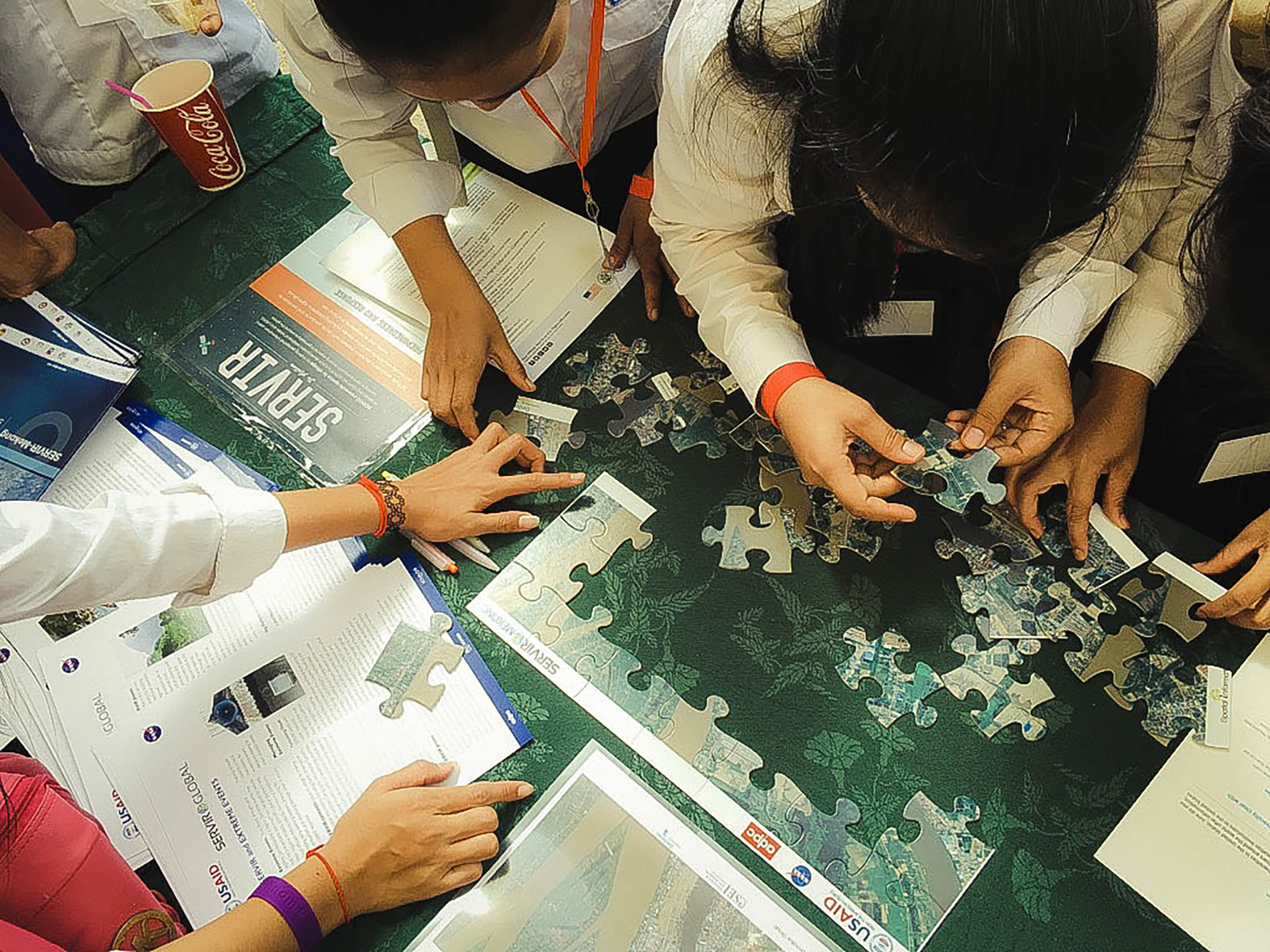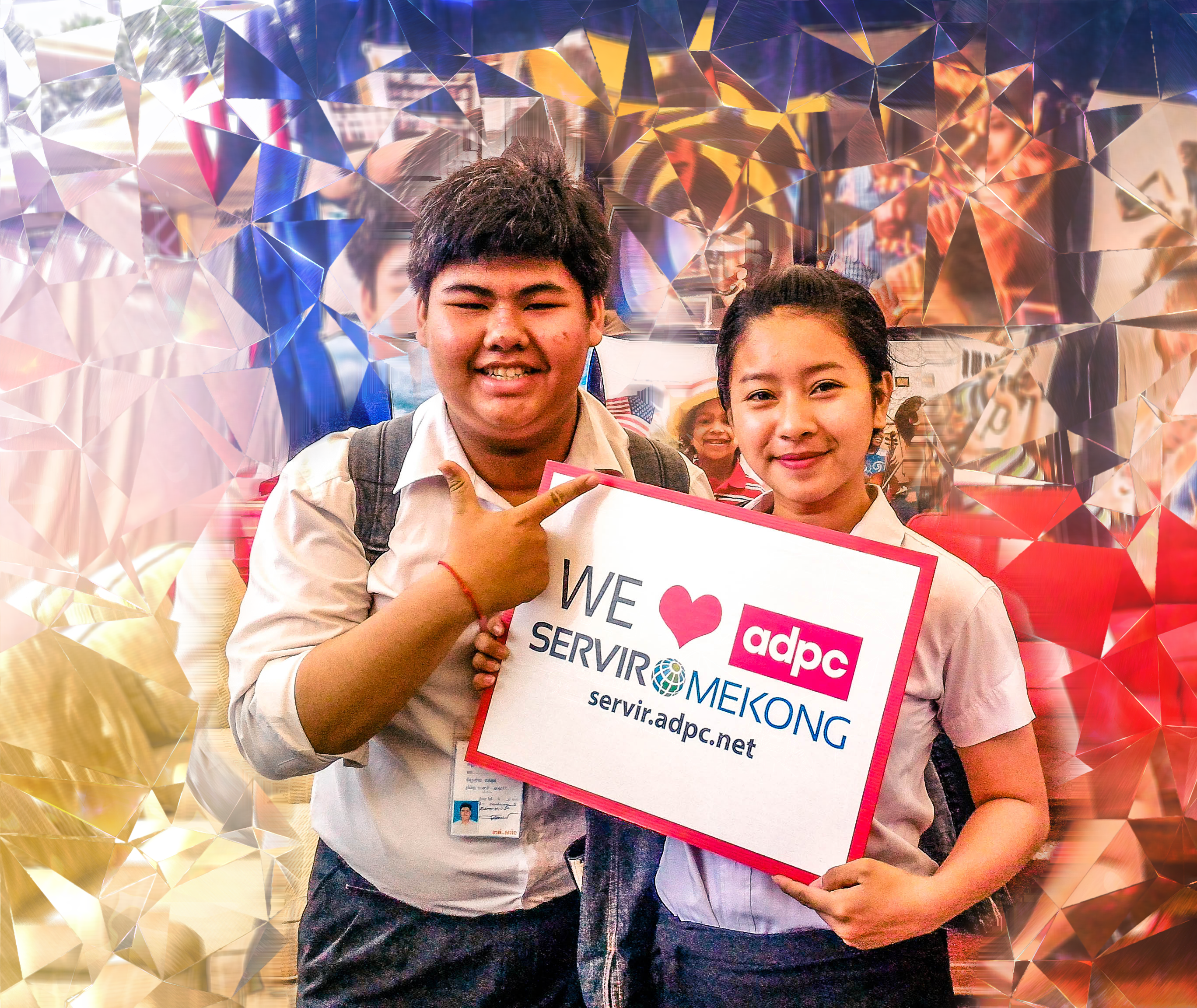Putting the geospatial puzzle together

Each year, a group of civic-minded volunteers under the local non-government organizations in Cambodia organize the Science & Engineering Festival Exposition and Workshop (CSEF) in partnership with the Ministry of Education, Youth and Sport. This year’s event was held in the Phnom Penh National Stadium from March 9-11, 2017.
“We want to allow our young people to enter into the future with certainty.” - H.E. Dr. Hang Chuon Naron, Minister of Education Youth and Sport, Cambodia

CSEF engages young people in learning and getting involved in areas of science, technology, engineering and mathematics (STEM). Students across the country are invited to participate and engage with teachers and practitioners to learn more about the opportunities that exist with STEM.
“This festival will give you the opportunity to embrace change, embrace technology, and the knowledge to be part of that change.” - H.E. Dr. Hang Chuon Naron, Minister of Education Youth and Sport

Over 25,000 students took part in the festival, seeing how they can get involved with STEM. As part of the United States government (USG) pavilion, the Asian Disaster Preparedness Center (ADPC) and SERVIR-Mekong held a booth exhibition to engage students with geospatial information systems (GIS).
Funded by the United States Agency for International Development (USAID) and in partnership with the National Aeronautics and Space Administration (NASA), SERVIR-Mekong harnesses the power of space technology to address development challenges in the Lower Mekong region. ADPC, a recognized leader in strengthening disaster resilience in Asia, is the prime implementer for SERVIR-Mekong. Three other consortium partners, Spatial Informatics Group (SIG), Stockholm Environment Institute (SEI) and Deltares, assist in implementing the SERVIR-Mekong program

Engaging young students on issues of earth observation data can be challenging. The ADPC booth aimed to simplify the concept of GIS into a practical and interactive learning opportunity. Students were asked to play the role of a satellite by putting together a puzzle of Phnom Penh. Students could see and point out landmarks and different landscapes and understand the immense potential of satellite data for development.
“Participatory learning is important for young people. They want to see more images and photos, which helps drive the learning process.” - H.E. Dr. Hang Chuon Naron, Minister of Education Youth and Sport
Throughout the event, students were able to learn about geospatial technology and how earth observation data provides immense opportunities for better development and environmental management. The future is bright with Cambodia’s next generation of scientists.
See the full photo story here: https://adobe.ly/2n5uZxD



